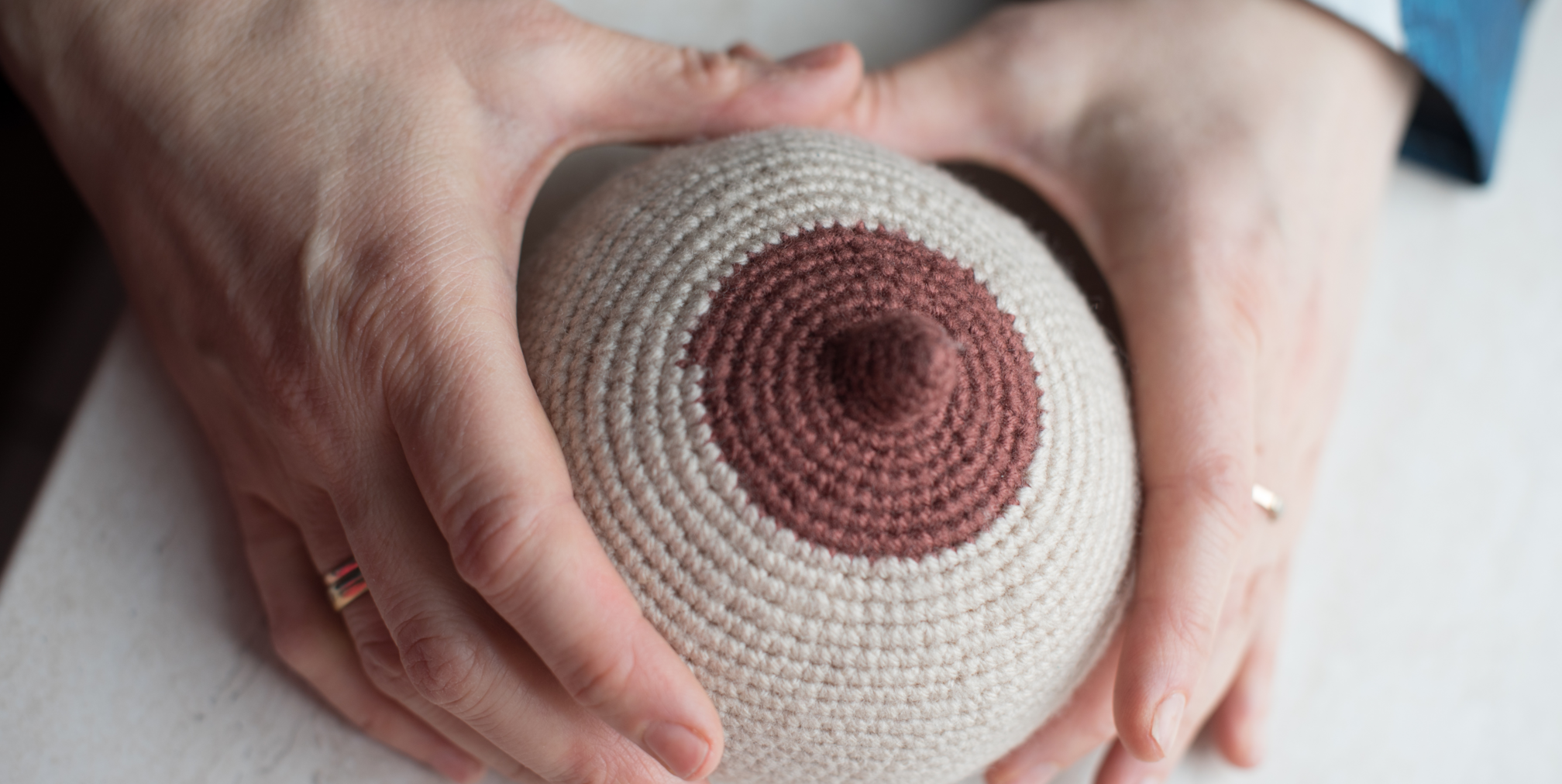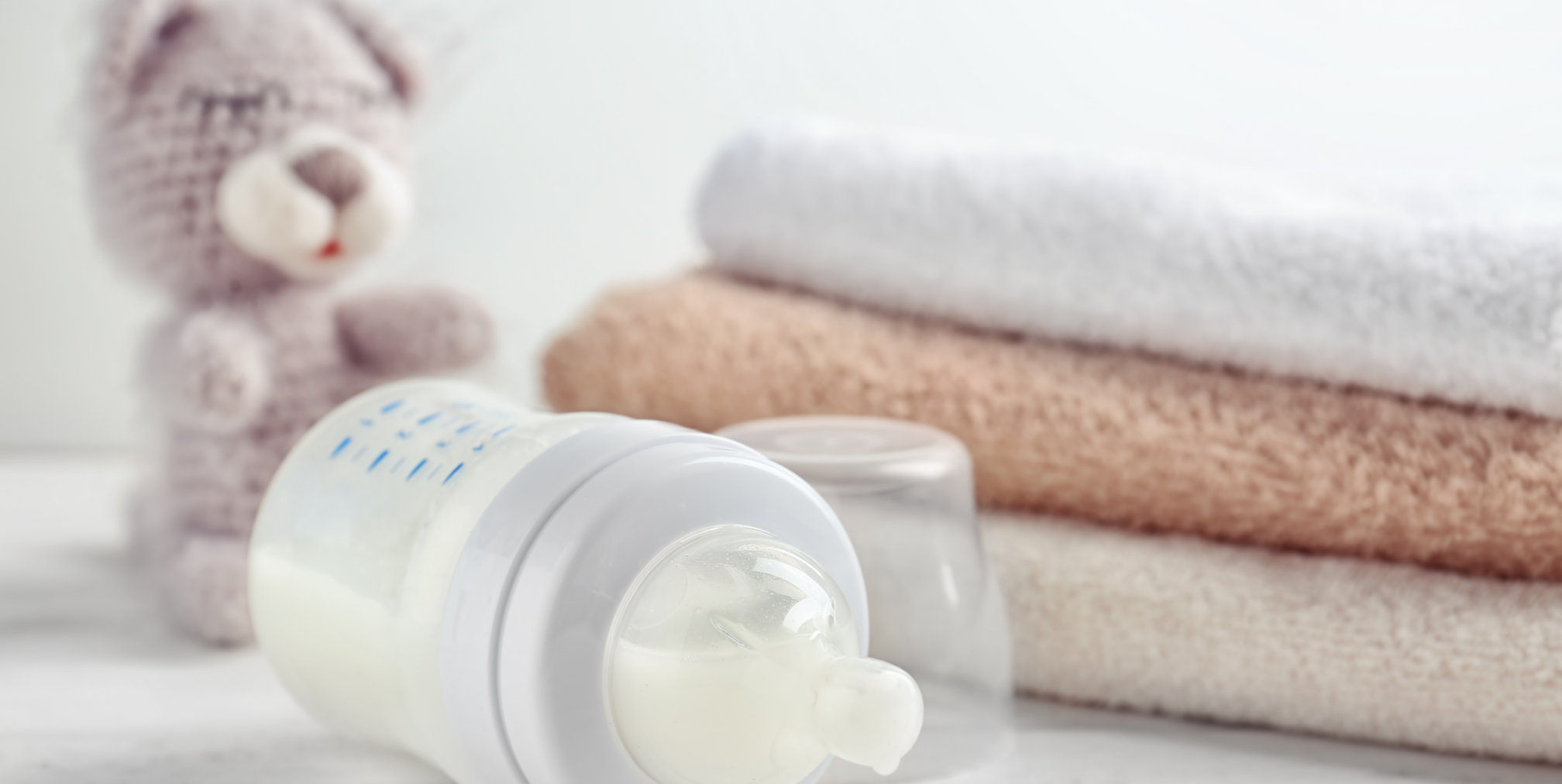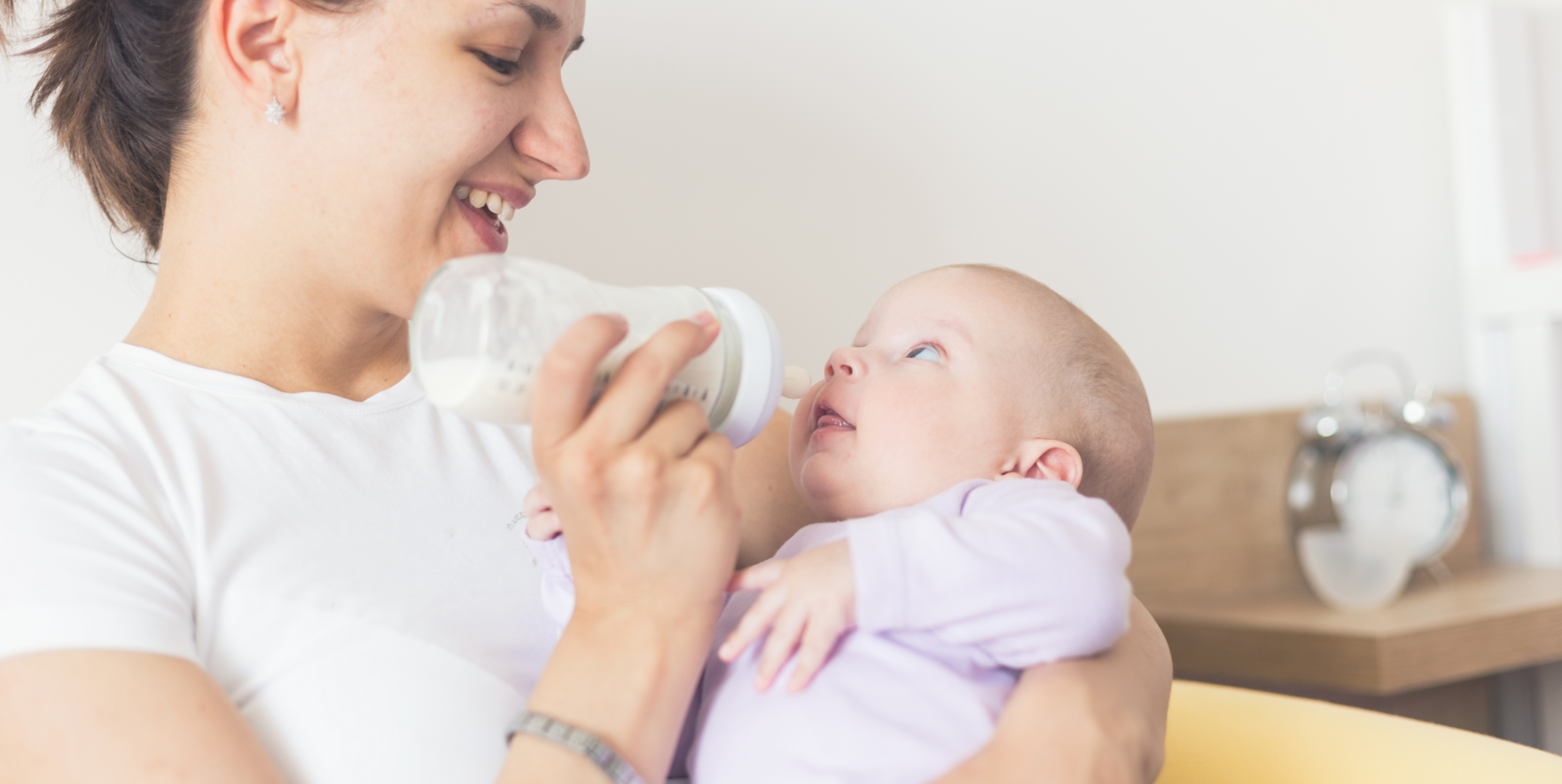Think of it as a secret weapon for your tiny human. Studies show it’s like magic sleepy dust, helping them snooze like sleep pros. It also works wonders for healthy weight gain, turning those chunky monkey rolls into proud Michelin star displays. And the best part? Massaging your baby is like a spa day for your soul. It melts away the mama blues, leaving you feeling like a sunshine. So grab the coconut oil – it’s massage time!

Do it yourself!
Forget milestone charts and developmental trackers, because science shows baby massage is magic touch! Studies show these gentle strokes can turn scrawny legs into super-strong pillars, sleepy whimpers into koala-worthy snores, and even give preemies a superhero boost. But wait, there’s more! Turns out, you, yes YOU, are the ultimate massage therapist for your mini-me. Ditch the fancy spa fees – your loving touch is all it takes. Dads, don’t be shy! Papa snuggles haven’t been officially studied yet, but trust me, they’re pure magic too.
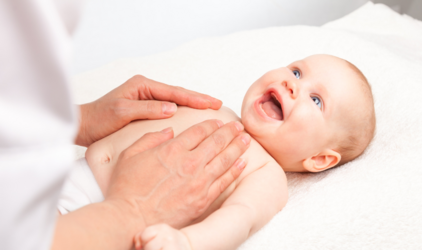
Don’t forget the perfect upgrade
And now for the sensory upgrade: imagine warm, melty cuddles with a hint of calming lavender (for big kids over 6 months only). Want to keep it simple? Coconut oil is your friend, odorless and perfect for sensitive sniffers. It’s pure love in a bottle, ready to melt away stress and crank up the giggles.
So grab some oil, put on some good vibe songs (or invent your own baby-bop massage numbers!), and get ready for the ultimate bonding adventure – baby massage style! Watch those gummy grins bloom as you unlock your mini-me’s superpowers, one stroke at a time.

Bedtime is the best time
Turns out, bedtime routines shoulden’t just be about singing lullabies until your voice goes fuzzy (although, bonus points for that!). Studies say the magic ingredient is actually a cozy baby massage! Think of it as building a bridge to dreamland, brick by gentle stroke.
How much massage magic is enough? Most brainiacs say 30 minutes is where the happy snoozes really blossom, but don’t stress if you’re short on time. Even 20 minutes (or as long as your little wiggle worm keeps giggling) can work wonders. Just remember, quality over quantity!
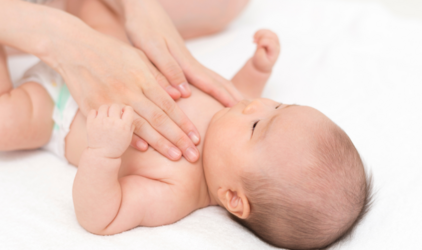
Massage Must-Haves:
- Eye-to-eye magic: Gaze into those sparkly peepers and let your voice melt into a purr-fectly soothing tone. Sing silly songs, tell baby-sized stories, anything to keep their attention buzzing.
- Listen to your little guru: Babies are the kings and queens of communication (even without words!). If they squirm, fuss, or turn into tiny Houdinis, take it as a “massage break, please!” signal. No worries, just pick up where you left off when they’re feeling snuggly again.
- Cozy Comforts: Make sure the room feels right before you start! Think warm sunshine on furry blankets, the softest giggles instead of cold shivers. If your little one isn’t a fan of getting naked, wait a bit until they’re more comfortable in their birthday suit. A happy diaper change means a happy massage time!
- Tickle Toes & Tummy Twirls: Little adventurers love knowing what’s coming next! Create a special massage just for you and your tiny treasure. Gentle leg squeezes to sunshine belly tickles, always in the same order. Soon, your baby will wiggle with anticipation as they wait for their favorite tummy twirl! It’s like learning a secret language with your own sweet movements.
Bonus Tip: Sing sweet songs or hum happy tunes to add another layer of magic to your massage adventure! Remember, bedtime should be a happy zone, not a battleground. So relax, have fun, and watch those little eyelids flutter down like butterfly wings! Sweet dreams!
Here’s some of that great science:
https://pubmed.ncbi.nlm.nih.gov/29425578/
https://pubmed.ncbi.nlm.nih.gov/32331753/
